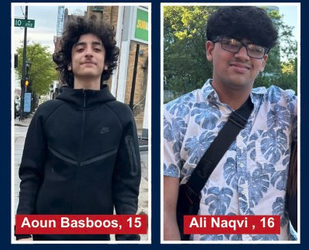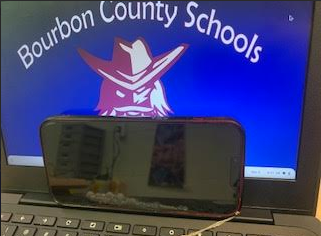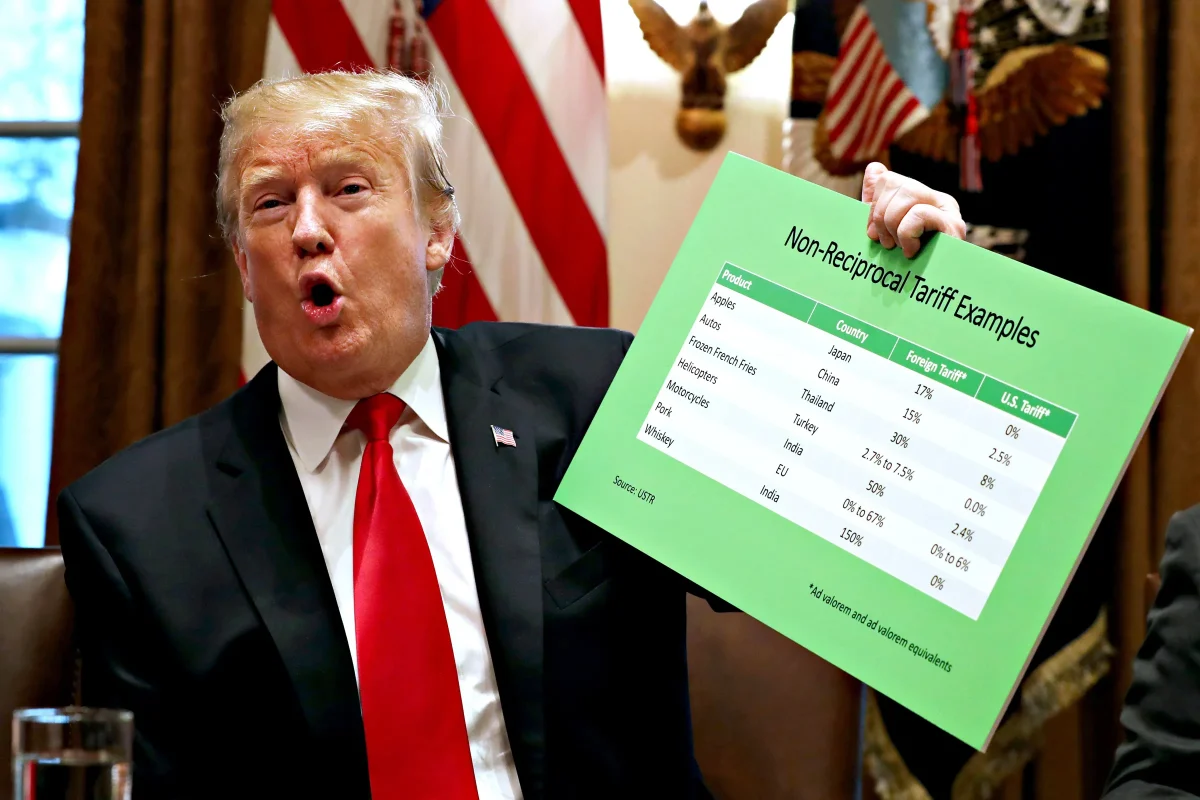Live, laugh, love: three things artificial intelligence has never been able to do. This is probably because AI is so undeveloped and even we can’t truly properly teach these ideals. We have seen this through multiple trials and experiments that try to teach AI what it means to live, what laughter and humor are, and giving it an understanding of love, isn’t easy or visibly possible. This posed a great challenge in advancing AI, this one challenge caught the attention of many scientists. Through many long hours of hard work and determination, something amazing has happened.
AI understands life, more specifically what it means to be alive. In 1889, research on hormones that control the number of crucial cells in your body was conducted to find a hormone called erythropoietin . This hormone was just theoretical until it was discovered in 1977 after filtering 670 gallons of Urine. Then, around fifty years later, it was announced that a biologist discovered a rare kidney cell that produces the hormone when oxygen drops too low; this was known as the Norm Cell. This took a total of 134 years, but in an experiment in California Stanford researchers programmed computers to teach themselves biology. Like the popular chatGPT, this program was trained with raw data on millions of cells and their chemical and genetic makeup. They did not give any explanation of what any of the numbers meant or give any explanation they didn’t even explain the function of any cells.
After obtaining the information, the computers crunched the data on their own and categorized the data based on similarities in a multidimensional place. Afterward, the programs were able to obtain an astonishing amount of knowledge, and they could classify cells they had never been introduced to as one of over 1000 different cells, none were the norm cells. Yet somehow, they knew about them and they knew they were found in the kidney.
This technology was not only able to organize the data better, but also make discoveries quicker than humans ever could. With time and more research, this technology could help lead to more advanced discoveries, potentially even crucial information towards curing cancer and even modifying cells. This technology could help us obtain knowledge that could both help and hurt the human population if not used properly. The Important question now is how far will this go and whether it will be positive or negative.














